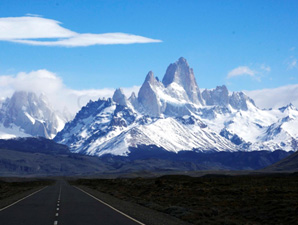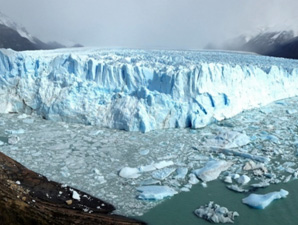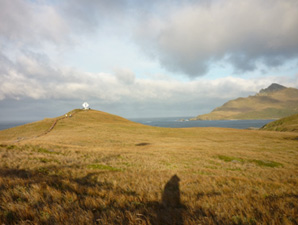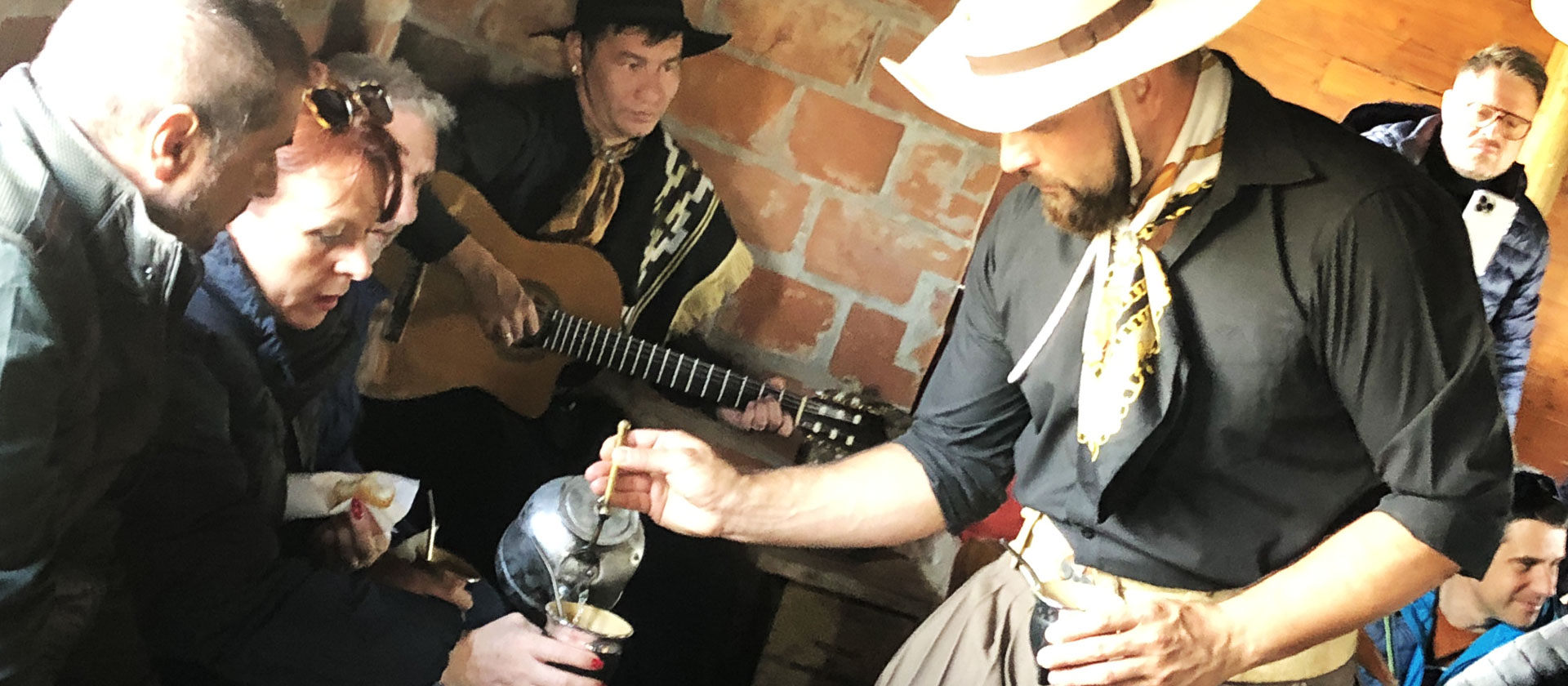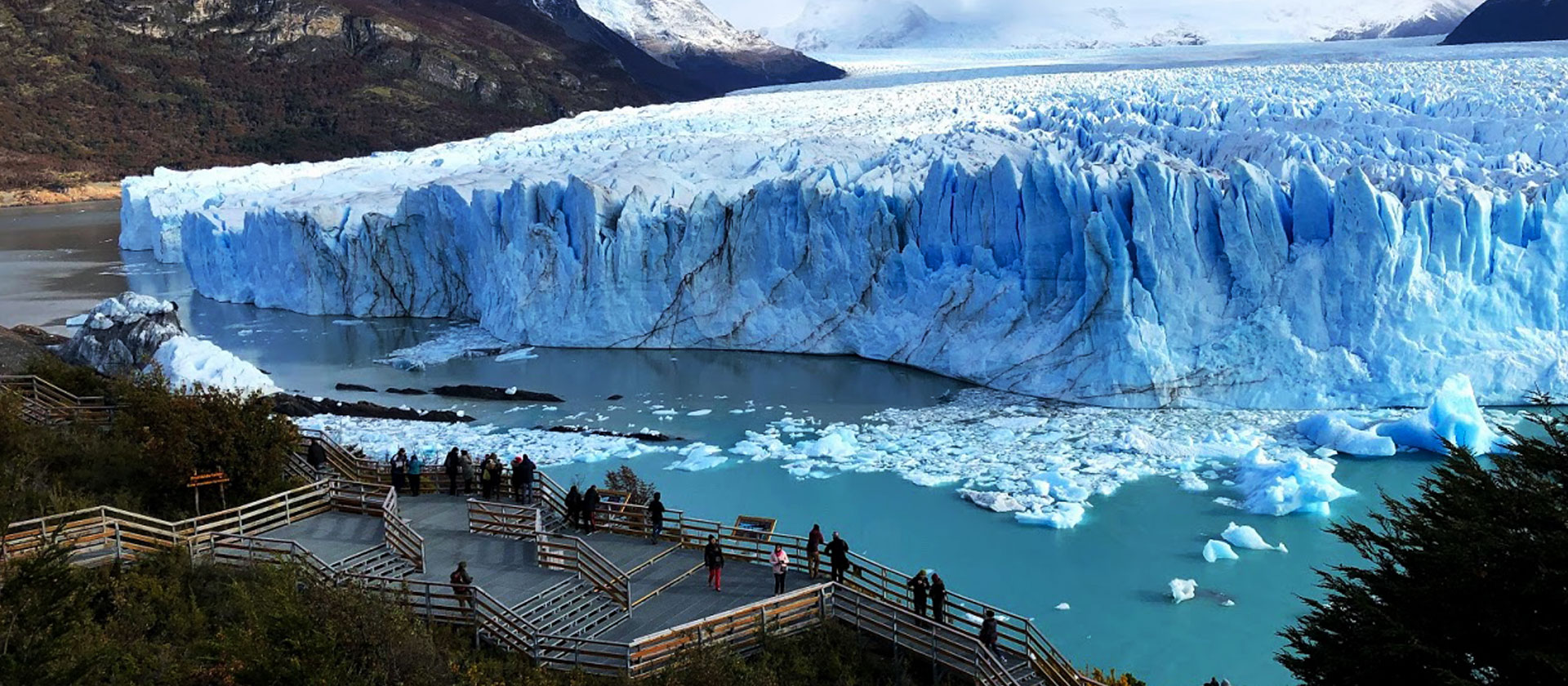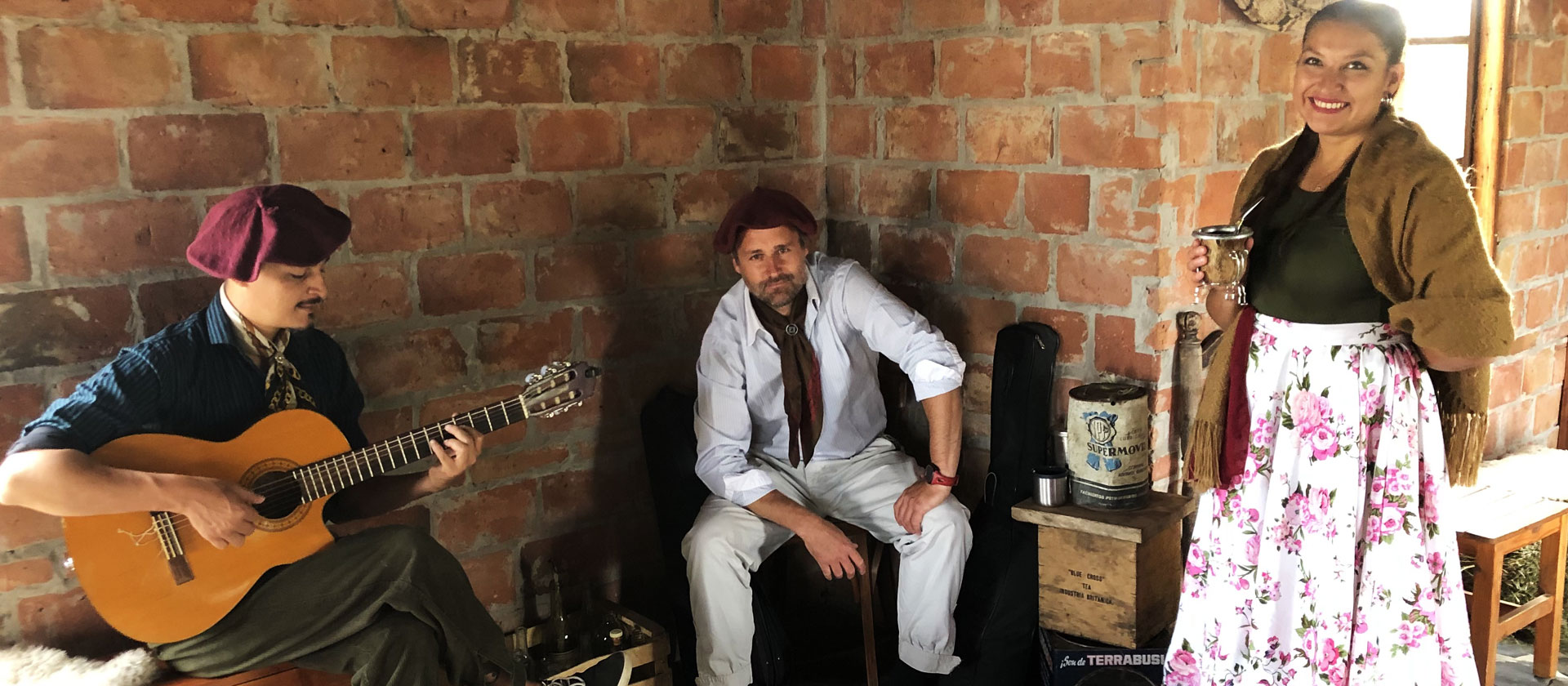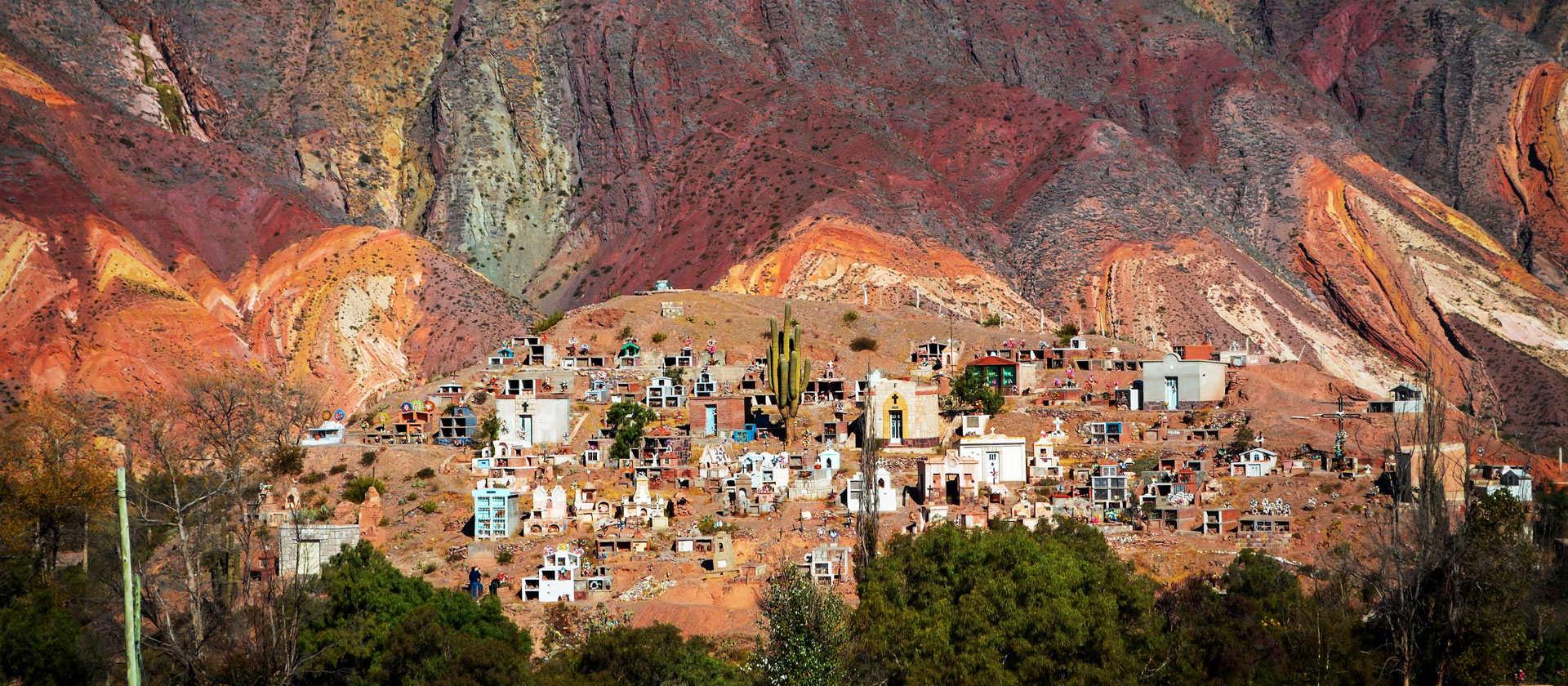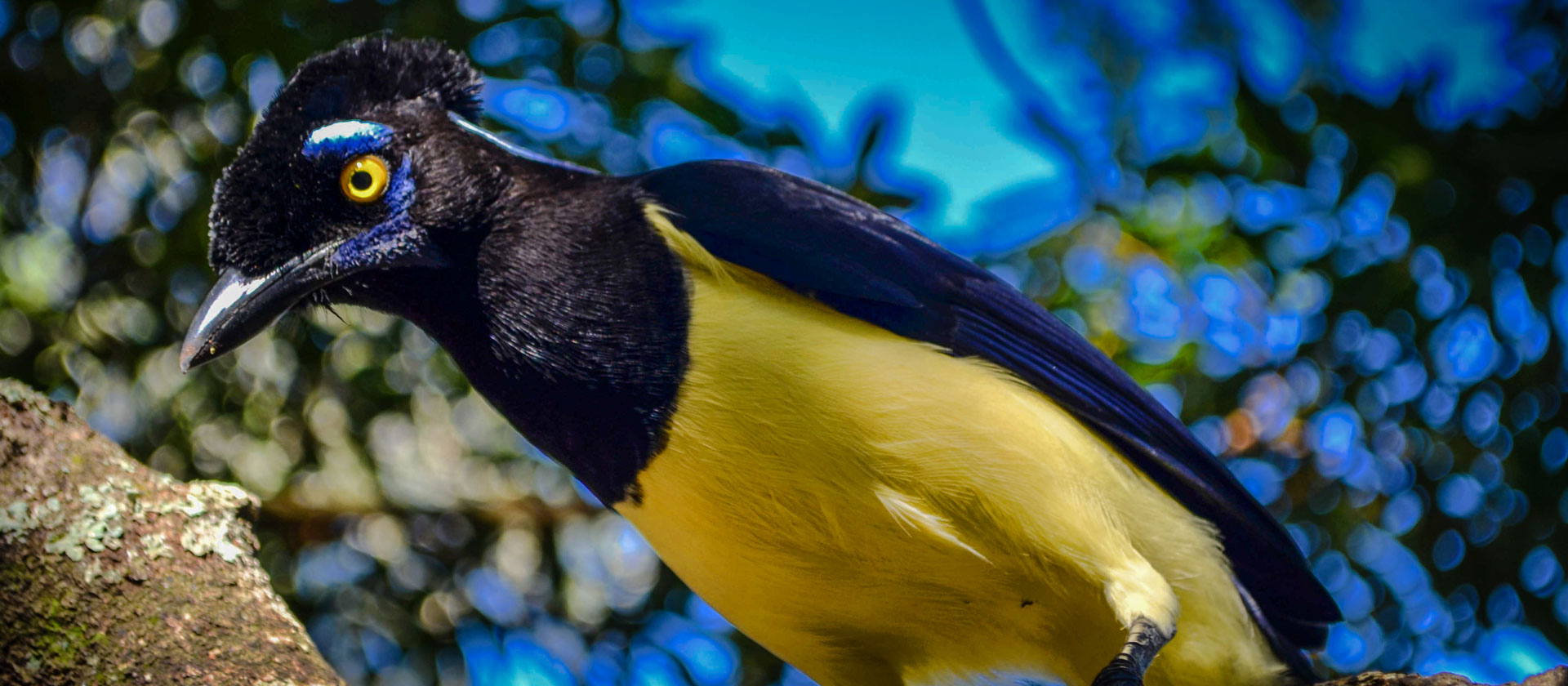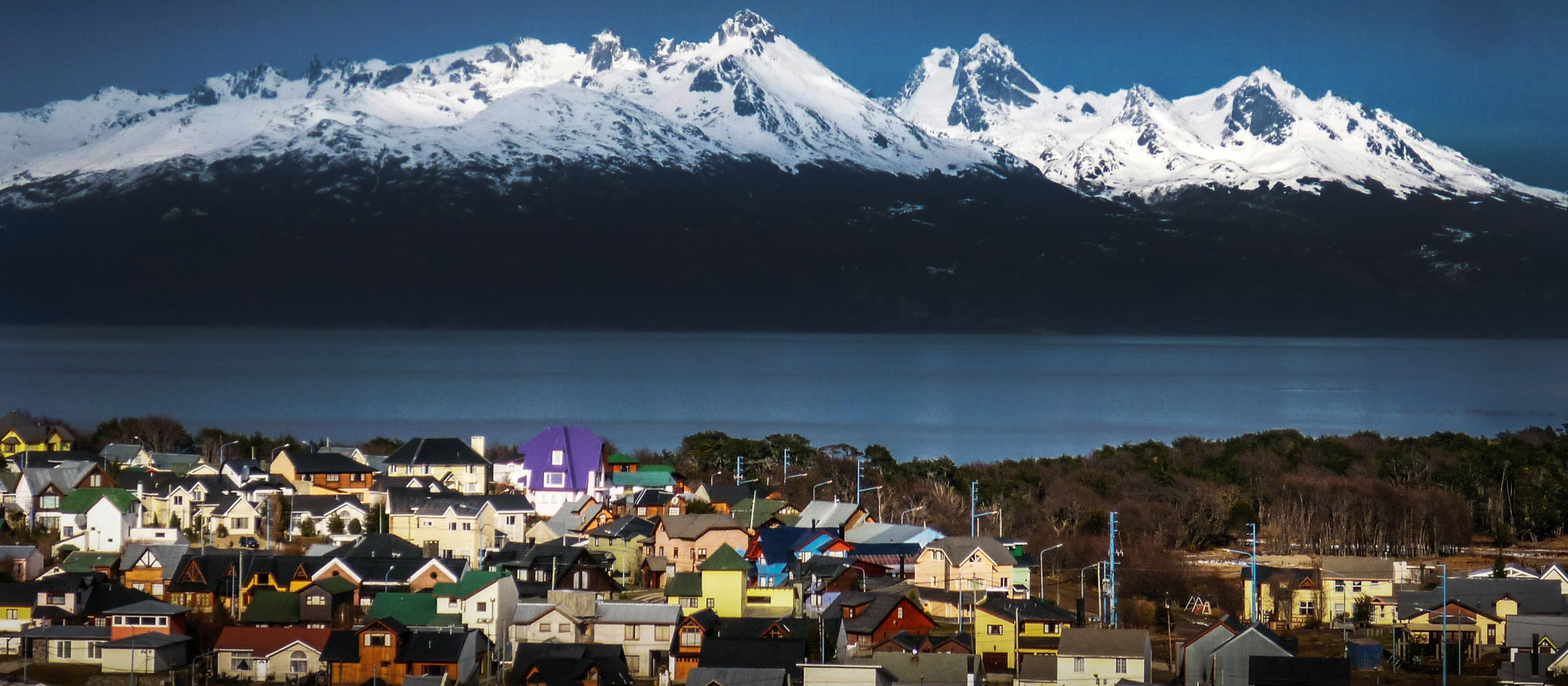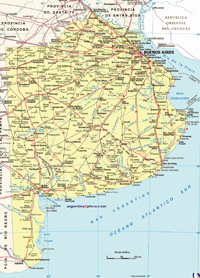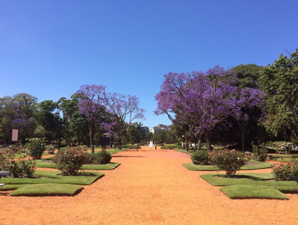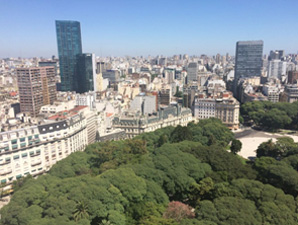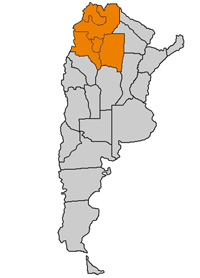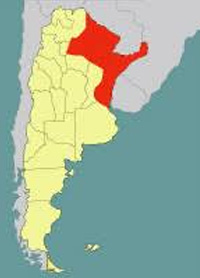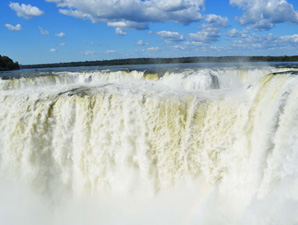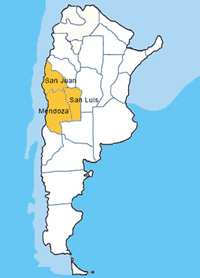
Going as far as possible… Tierra del Fuego offers an experience of complete fulfillment. It’s the end of the world, yet also the beginning of a new one.
Lined with peat and moss and covered by whimsical forests, Tierra del Fuego evokes sensations of freedom and dreams. Ushuaia, La Pataia, and once again, the end of the world. It is a realm of wind, adventurous sailors, dreams, and the exquisite sea spider.
Cape Horn, a rocky promontory in Chilean territory, is a place that captures the imagination. Reaching its shores by expedition cruise ship from Ushuaia is an unforgettable adventure. The area is monitored by the Chilean army and features a lighthouse and a monument honoring the brave sailors and ships that perished while attempting to navigate its treacherous waters.
Great peaks, wind, and infinite spaces full of strength. Lakes of dazzling blues and greens stretch out before you. Then, a large blue lake with pieces of ice drifting upon it brings you closer to unique peaks and mountains. Suddenly, the steppe transforms into a forest, revealing Patagonia’s most beautiful secret: the sumptuous glaciers of the largest ice cap in America: Perito Moreno, Upsala, Frias, Viedma, Mayo.
Just a bit further north, you’ll find the striking granite spires of the Chaltén and Torre mountains, making this area the hiking capital of Argentina. Route 40 takes you deeper into the heart of the Andes and the Steppe, passing vast estates, stunning mountains, and the Perito Moreno Park with its high plateaus and Mount San Lorenzo.
Towards the foothills of the Andes, you’ll discover Bariloche, San Martín de los Andes, and Los Alerces. These locations boast Argentina’s most beautiful ski resorts, serene larch and nothofagus forests, and picturesque lakes, offering an experience of unparalleled tranquility and beauty.
